LAB REPORT
Science and Technology Making Headlines
Jan. 9, 2015
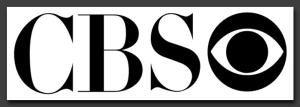
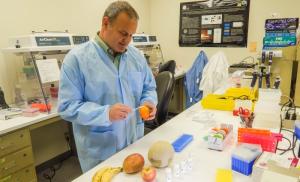
LLNL physical chemist George Farquar demonstrates how DNATrax can be applied to food to identify contamination down the food chain.
Tracing bad food back to its source
Lawrence Livermore researchers, in collaboration with the startup DNATrek, have developed a cost-effective and highly efficient method to accurately trace contaminated food back to its source. LLNL originally designed the technology, known as DNATrax, to safely track indoor and outdoor airflow patterns.
“One of the unexpected capabilities from DNATrax was being able to apply it to food products,” said George Farquar, an LLNL physical chemist who led a team of researchers that developed the technology for biosecurity applications. “You can spray it on food products in the field to identify and track the source of the food.”
DNATrax are particles comprised of sugar and non-living and non-viable DNA that can serve as an invisible barcode. It’s an odorless and tasteless substance that’s been approved by the Food and Drug Administration as a food additive, safe for consumption. It’s like a microscopic barcode that’s sprayed on food at the farm or processing plant.

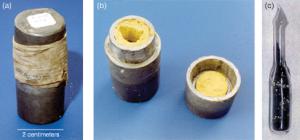
A lead container shielding an ampoule filled with uranium was seized at the Bulgarian border in 1999 and sent to Lawrence Livermore for analysis. The interior of the container was lined with yellow wax, which was used to cushion the nuclear material. The glass ampoule contained highly enriched uranium oxide.
Supersleuthing a nuclear weapon
If federal agents ever capture a stolen nuclear weapon — or have to investigate the detonation of one — they will turn to one of the most secret groups of detectives in the world.
Investigators will need proof of where a weapon came from and who was responsible — a task requiring some of the most sophisticated scientific tools in the federal laboratory system. Atomic analysis of chemical traces left in the human body from exposure to different environments might show that a suspect spent time in Kabul, Afghanistan, Tehran, or Pyongyang, North Korea.
Lawrence Livermore is one of the national labs up for the task. Every nuclear fuel has specific markers, giving scientists a chance to identify what reactor plutonium came from or what ore body produced uranium that was later enriched.
"It involves isotope ratios and concentrations of chemicals in a mix," said Brad Hart, director of the Forensic Science Center at the Lawrence Livermore National Laboratory. "That is a key to forensics, finding traces that may be a fingerprint."


X-rays stream off the sun in this image showing observations from by NASA's Nuclear Spectroscopic Telescope Array, or NuSTAR.
It’s 'sunsational'
For the first time, a mission designed to set its eyes on black holes and other objects far from our solar system has turned its gaze back closer to home, capturing images of the sun.
NASA's Nuclear Spectroscopic Telescope Array, or NuSTAR, has taken its first picture of the sun, producing the most sensitive solar portrait ever taken in high-energy X-rays. NuSTAR uses technology developed in part by Lawrence Livermore.
While the sun is too bright for other telescopes, NuSTAR can safely look at it without the risk of damaging its detectors. The sun is not as bright in the higher-energy X-rays detected by NuSTAR, a factor that depends on the temperature of the sun’s atmosphere.
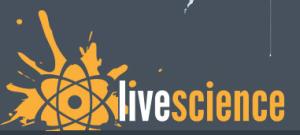
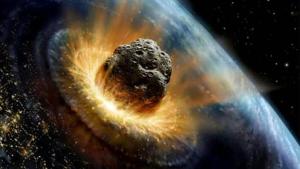
Asteroid impacts occur very rarely on Earth.
Watch out for that asteroid
If a space rock were to hit the Earth at just the right location in the oceans, it could cause massive waves that could inundate U.S. coastlines, a new computer simulation suggests.
Asteroid impacts occur very rarely. But smaller space rocks, such as the meteor explosion that blasted through the atmosphere in Chelyabinsk, Russia, in 2013, can cause major property damage and batter the Earth every few decades.
To evaluate the threat of such smaller impacts to U.S. coastlines, Souheil Ezzedine, an applied mathematician at Lawrence Livermore, and his colleagues used a computer simulation to mimic how asteroids of about 165 feet (50 meters) in diameter crashing into the ocean would affect waves.
In a separate simulation, Ezzedine also modeled the effects of similar impacts on the West Coast. He found that impacts at certain points in the ocean could lead to waves up to 10 feet (3 meters) high.

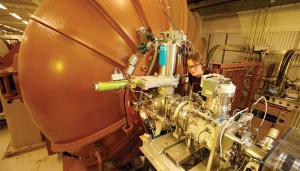
Ted Ognibene fine tunes an instrument on the bio accelerator mass spectrometer.
From cold cases to ancient bones
At the Center for Accelerator Mass Spectrometry (CAMS) at Lawrence Livermore on any given day, you may see researchers tracking the dynamics of the Earth’s carbon cycle, searching for signatures of nuclear fuel reprocessing or determining the age of remains from the Chicago Police Department’s cold case files.
These vastly different projects have one thing in common: They all use accelerators to measure levels of carbon-14 and other isotopes.
For CAMS Director Graham Bench, one of the most exciting future applications is personalized medicine. Accelerator mass spectrometry may soon help treat patients with cancer.
Chemotherapy, one of the most common cancer treatments, is not effective for everyone; as many as 40 percent of patients don’t respond to treatment. However, scientists are beginning to study the possibility of giving patients very small doses of chemotherapy drugs laced with a radioactive tracer. These micro-doses are too small to shrink a tumor, but are large enough that, when a researcher views the patient’s blood a few hours later using AMS, it can determined whether the drug has successfully bound to DNA.





